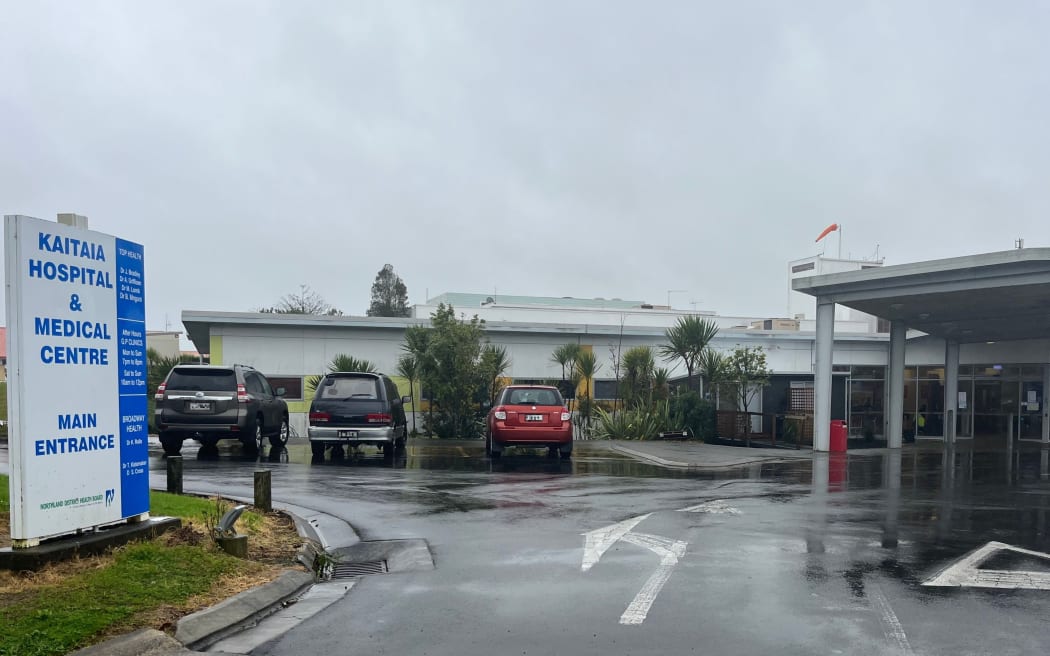Health worker shortages have become so bad in the Far North there will soon be no doctor on site at Rāwene Hospital in the evenings or overnight.

Photo: 123rf
The 26-bed hospital serves Hokianga, which falls into the highest deprivation index in Aotearoa.
Hauora Hokianga runs the hospital, and its register of more than 7300 patients shows 96 percent of the population have high needs.
Hauora Hokianga chief executive Margareth Broodkorn (Ngāpuhi) told patients on Facebook the decision to stop after-hours doctor services temporarily from next Monday 29 August has been made with “great reluctance” and “despite extensive and ongoing efforts”.
“I am truly sorry that it has come to this, a decision that has not been made lightly without seeking assistance from others and exploring multiple options.”
There had been recruitment challenges for years, and “critical” workforce problems, particularly on wards and after-hours services, she said.
The absence of a doctor overnight would affect the hospital’s ability to admit new patients, Broodkorn said.
She advised that those north of the harbour could access Kaitāia Hospital and those south could go to Bay of Islands Hospital in Kawakawa.
“Talk with your whānau and friends, have a plan in place should you need to access urgent health services out of home, ensure you have petrol in your car.”
Hauora Hokianga’s 10 community health clinics would remain open “with some minor disruption”.
Primary care waiting times
Meanwhile, some Far North residents told RNZ they had considered moving away from the area because of long waits to see GPs.
All three GP clinics in Kaitāia have closed books, and even for patients who are enrolled it can take a month to get an appointment.
People needing more urgent care can go to the after-hours GP service, but it does not have enough doctors on site to fill the roster.
Among those struggling to get to a GP was mum Amy Evans.
“I literally rang around everywhere from Kaitāia to three hours away, nobody was taking anyone. So we just have to stick with our GP in Auckland.”
She was pleased to move out of the city this year until she realised how hard it was to see a doctor.
“It’s not a great part of living here, it’s probably one of the worst parts of living in this region” she said.
To travel to see her GP face to face would be “a massive disruption” including bills for a night’s accommodation with her son, and fuel to get to Auckland and back, Evans said.
“It’s quite a … ludicrous situation up here.”
Another Far North resident, Susan, said delays for basic check-ups were “incredibly frustrating”.
“There is literally nothing we can do.”
She had been living in the area for years, but month-long waits to see a GP had forced her to consider relocating, as others had.
“I’ve had a friend who’s just sold up her property and moved out of the region because this is no place to get old.”
Kaitāia GP Norma Nehren was hearing similar comments from patients.
“Absolutely, but you know, I think they’ll find that it’s going to be difficult in other places as well.”
At Nehren’s clinic, Te Hiku Hauora, patients had to book three to four weeks out.
This year “we hit probably the lowest, per capita clinician ratio to our population that we’ve had in the 15 years I’ve been here”, Nehren said.

Kaitāia Hospital is also short of staff, with two roles vacant in a medical team of eight doctors.
Photo: Supplied
In the Far North, 50 percent of the population has whakapapa Māori, but average life expectancy among Māori is seven years shorter than non-Māori.
Dr Kyle Eggleton, who practices in Hokianga, said GP shortages were threatening lives.
“If we spread this over the entire country, we’re going to have people dying that can’t see their GP, because their healthcare needs aren’t met. Their cancers aren’t being picked up in a timely manner.
“Things are picked up late – so the later someone presents within with a disease or illness, the less likely you’re able to cure or treat them.”
“So yes, it is a matter of life and death,” he said.
Jennie Paul moved to Kaitāia this winter and had also been unable to enrol with a practice.
“I said: ‘Well that’s ridiculous’. I went home thinking, I’m bloody moving.”
She has had to use the after-hours service at the hospital, paying a premium at $60 a consultation.
But there were no longer enough doctors to staff that service either.
Te Whatu Ora told RNZ one of the supporting practices had pulled out of the roster due to staffing shortages, so telehealth was being used instead some days.
Paul said that was “not acceptable”.
“You can’t scale back on a night service when you’re not giving an option to people to actually have a GP in the first place. You just can’t, you just actually physically can’t do that to people.”
Kaitāia Hospital is also short on staff, with two roles vacant in a medical team of eight doctors.
Te Tai Tokerau MP Kelvin Davis Davis (Ngāti Manu) said border openings would bring overseas clinicians to the North.
“The government is taking this very seriously trying to get locums into areas. I know teleconferencing isn’t the same as seeing a doctor face to face, but there is teleconferencing capability.”
Earlier this month the government announced it would increase GP trainees from 200 to 300 per year.
It also set up a six-month bridging programme for doctors coming to Aotearoa, with paid salaries including induction and internships.




